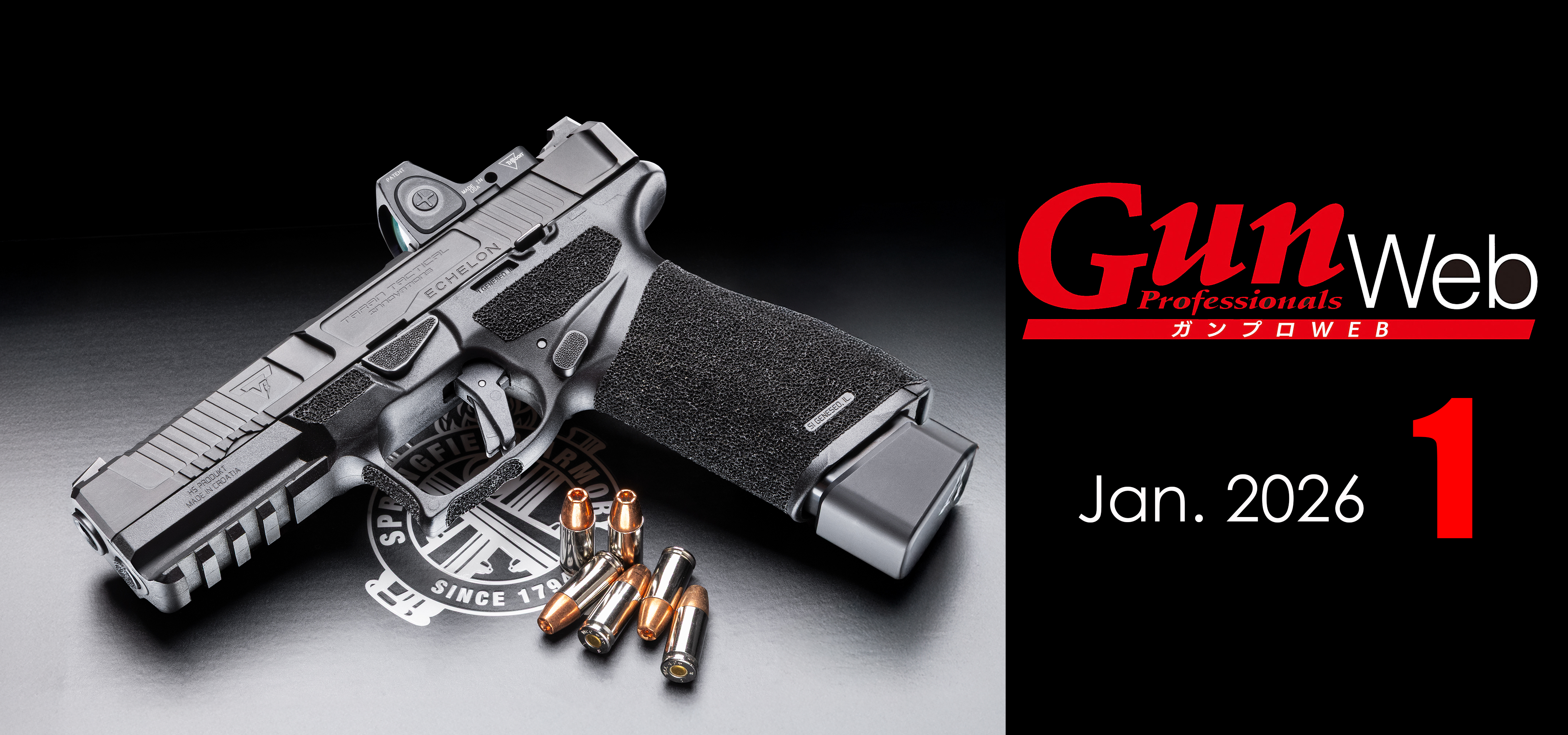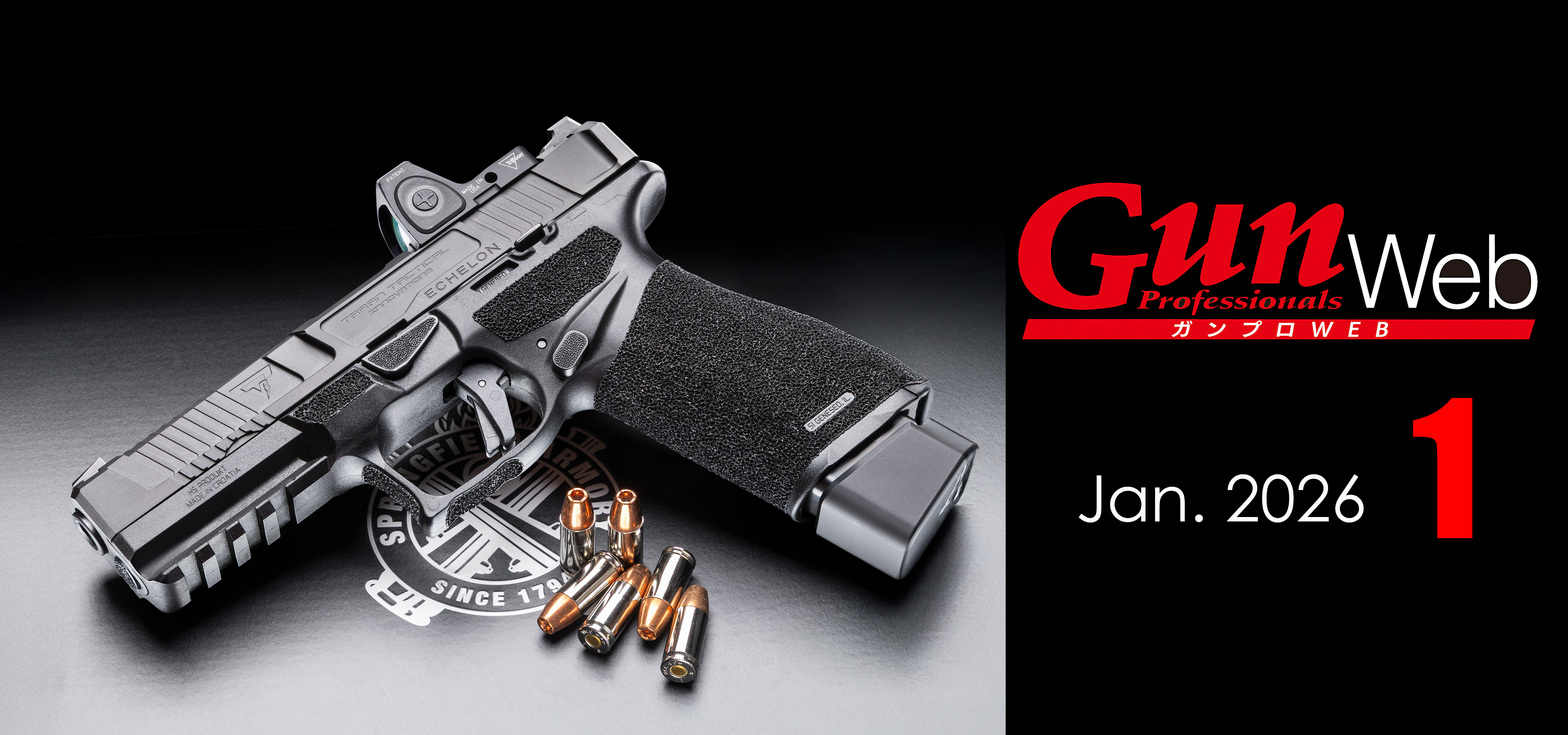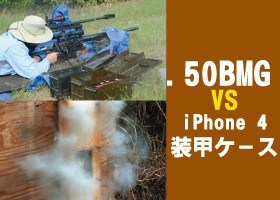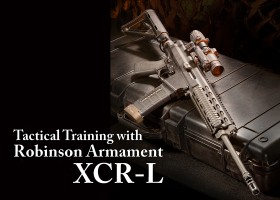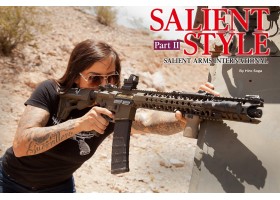2025/08/03
A distinctive, high-quality AR-15 clone from Germany「HERA ARMS SRB16 & 7SIX2」【English article】
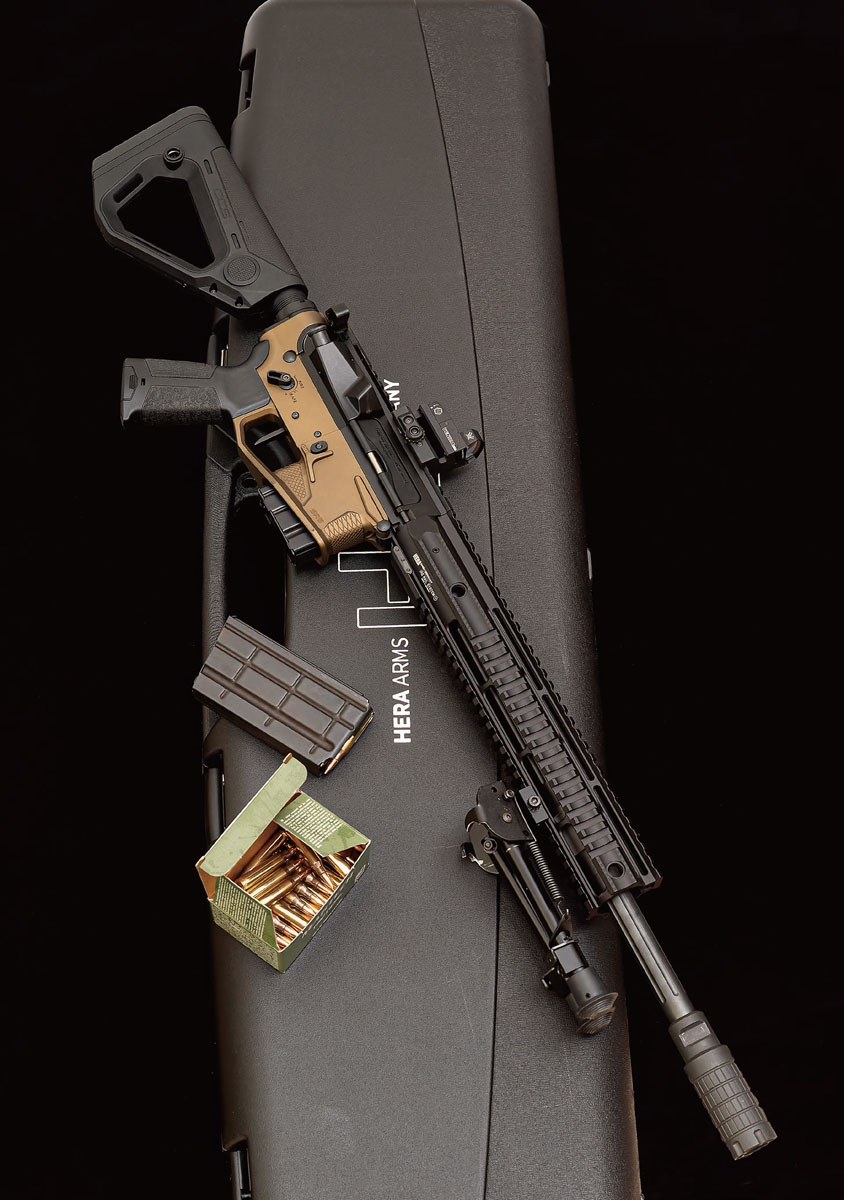
※This article is an automatic translation of an article written in Japanese.※
Published in the March 2022 issue of Gun Professionals
HERA ARMS SRB16 & 7SIX2
With the market flooded with AR-style clones, it's becoming increasingly difficult to find standout features among the competition. Amidst this saturation, Germany's HERA Arms offers a distinctly elegant and original product lineup. Not only are their designs striking, but their manufacturing quality and precision are exceptional—making them truly worthy of attention.
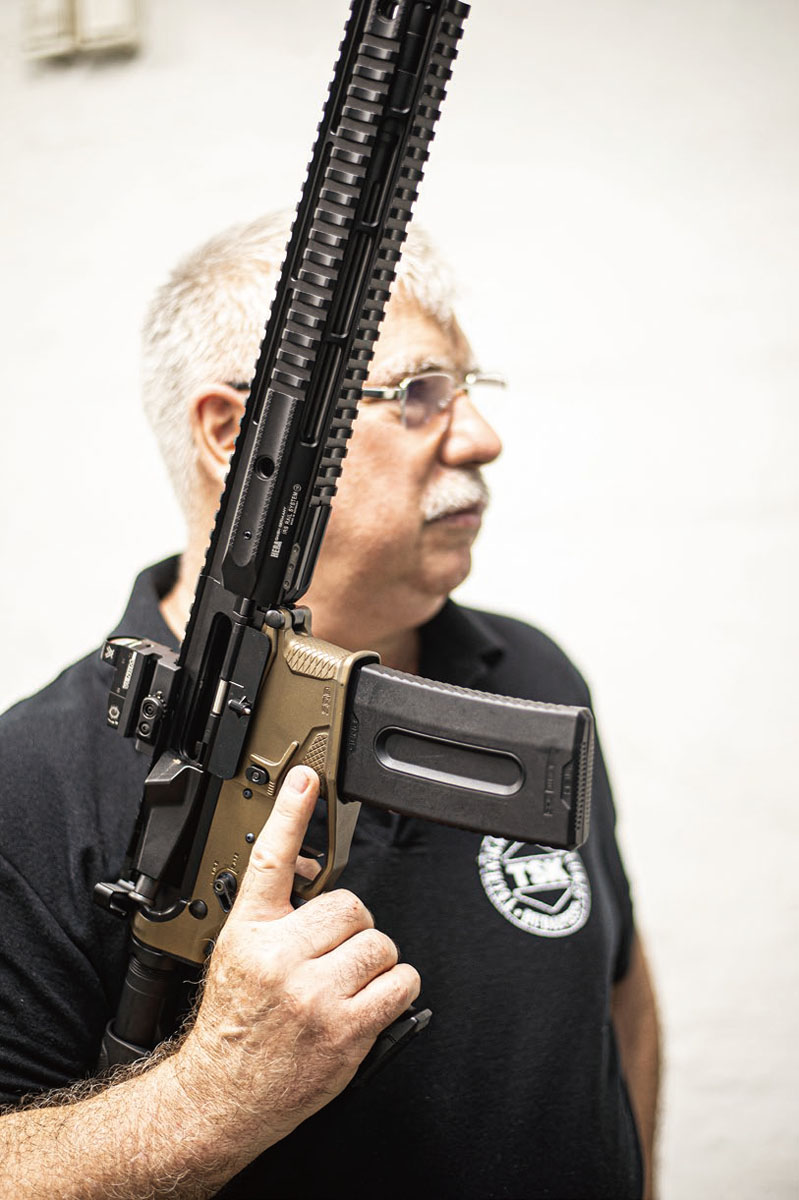
Hungary is part of the EU, but income levels are still relatively low. While civilian gun ownership is permitted and competitive shooting disciplines like IPSC are popular, high-end products like those from HERA Arms can be difficult to sell. Still, the precision and quality of HERA rifles deeply impressed József as someone with extensive firearms experience.
This time, he gave us a close look at a HERA Arms rifle that clearly sets itself apart from typical AR-15 clones.
This dates back to when companies like FAB Defense and CAA Industries were gaining attention for releasing third-party Glock conversion kits. At IWA OutdoorClassics, Germany's annual international firearms trade fair, a small booth from the then-emerging German manufacturer HERA Arms quietly appeared.
At that time, HERA did not yet produce complete firearms under its own brand. Instead, it offered third-party accessories for Glock and AR-15 platforms. The booth was modest, and their products didn’t seem to attract much attention at first glance.
Yet stepping into the booth and handling the products revealed a surprising level of quality—distinctly German, and quite unlike anything from FAB or CAA.
While FAB also showcased metal conversion kits similar to HERA’s, the difference in refinement was stark. HERA’s parts not only demonstrated exceptional precision but also had a unique and appealing design sensibility.
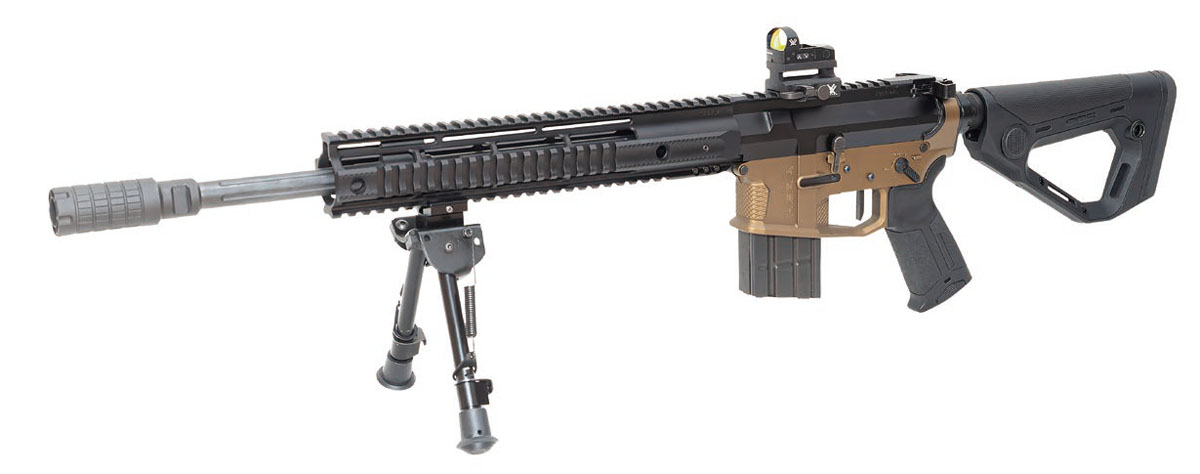
This isn’t a catalog model—it’s a custom build by József.
Caliber: .223 Rem
Overall Length: 90 / 99 cm
Barrel Length: 16.75”
Weight: 3,060 g
HERA Arms was founded in 2008 in Germany by Thomas Nöth as a firearms accessories manufacturer. After expanding business operations across Europe and the United States, the company officially became HERA GmbH in 2010. By 2016, it had established a U.S. branch—HERA LLC—and opened a logistics center in Salt Lake City, signaling a serious expansion into the American market.
Like many third-party accessory makers, HERA eventually began developing complete firearms under its own brand. While "HERA Arms" is the commercial name, the company's official name remains HERA GmbH.


From the compensator to the grip and stock, all parts were selected from HERA’s in-house product lineup. The fit, finish, and overall build quality are excellent.
This time, we visited József Farkas in Budapest, Hungary. He is the owner of Farkas Arms Kft., the official HERA Arms distributor in Hungary, and a skilled gunsmith in his own right. Alongside his office, he maintains a workshop where he spends most of his time crafting and customizing rather than sitting behind a desk.
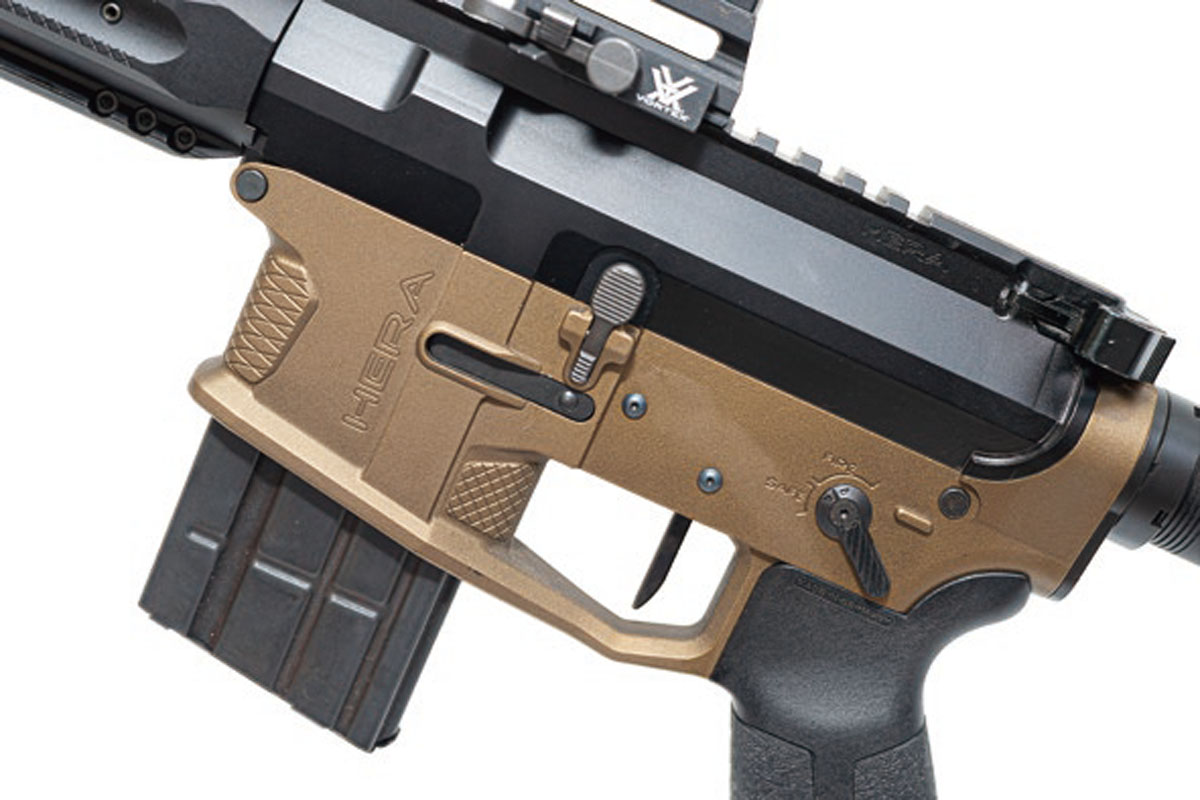
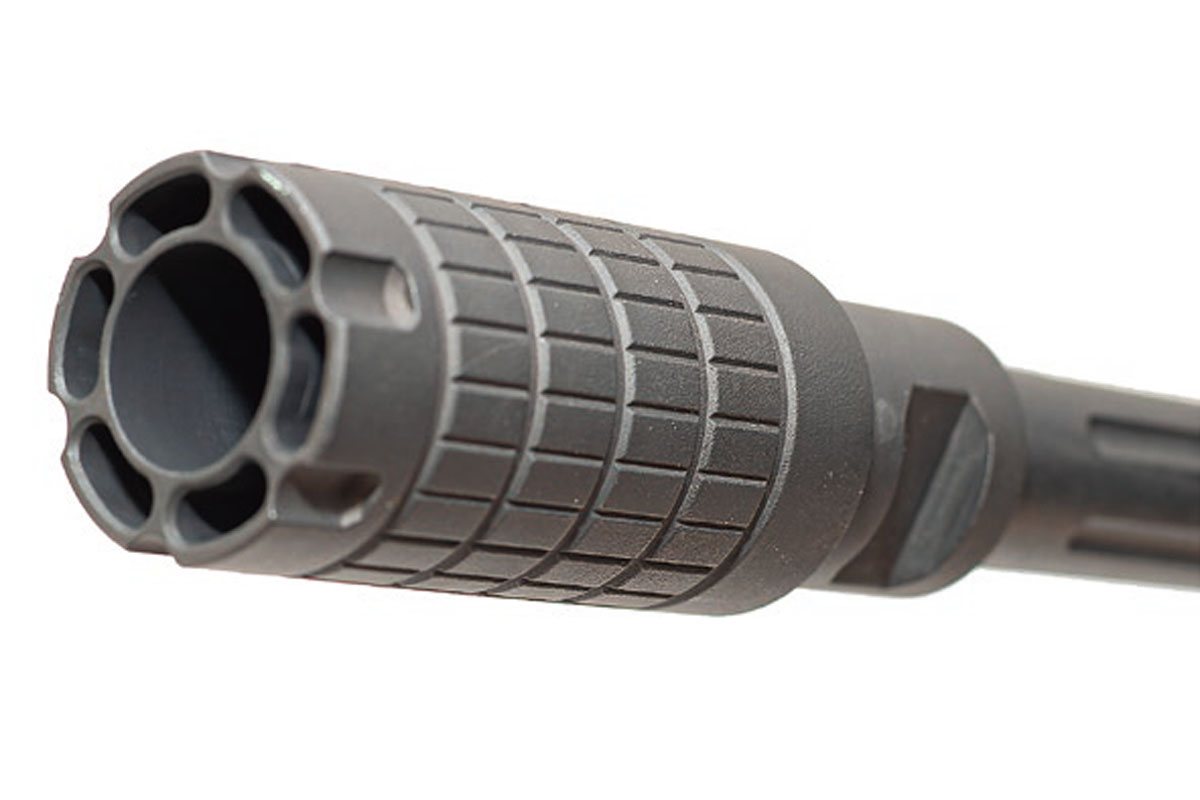
Designed to vent all gases forward, this compensator prevents muzzle flash from affecting the shooter or those standing nearby.
From firearm repairs to custom part fitting—and even milling one-off components from raw metal blocks—his artisan-like craftsmanship resonates well with the spirit of HERA Arms.
German AR clone
Hungary is a member of the European Union, yet it still uses its national currency. While it was expected to adopt the euro, the Hungarian forint remains in circulation. As of early 2022, the exchange rate stood at roughly 369 forints to one euro—even after 17 years since Hungary joined the EU in 2004.
One reason for this is that Hungary’s economy has yet to reach the standard level of more developed EU nations. As a result, high-end products from wealthier EU countries are often too expensive for the average Hungarian consumer. Naturally, this makes it difficult for premium German brands like HERA Arms to gain a foothold in Hungary.
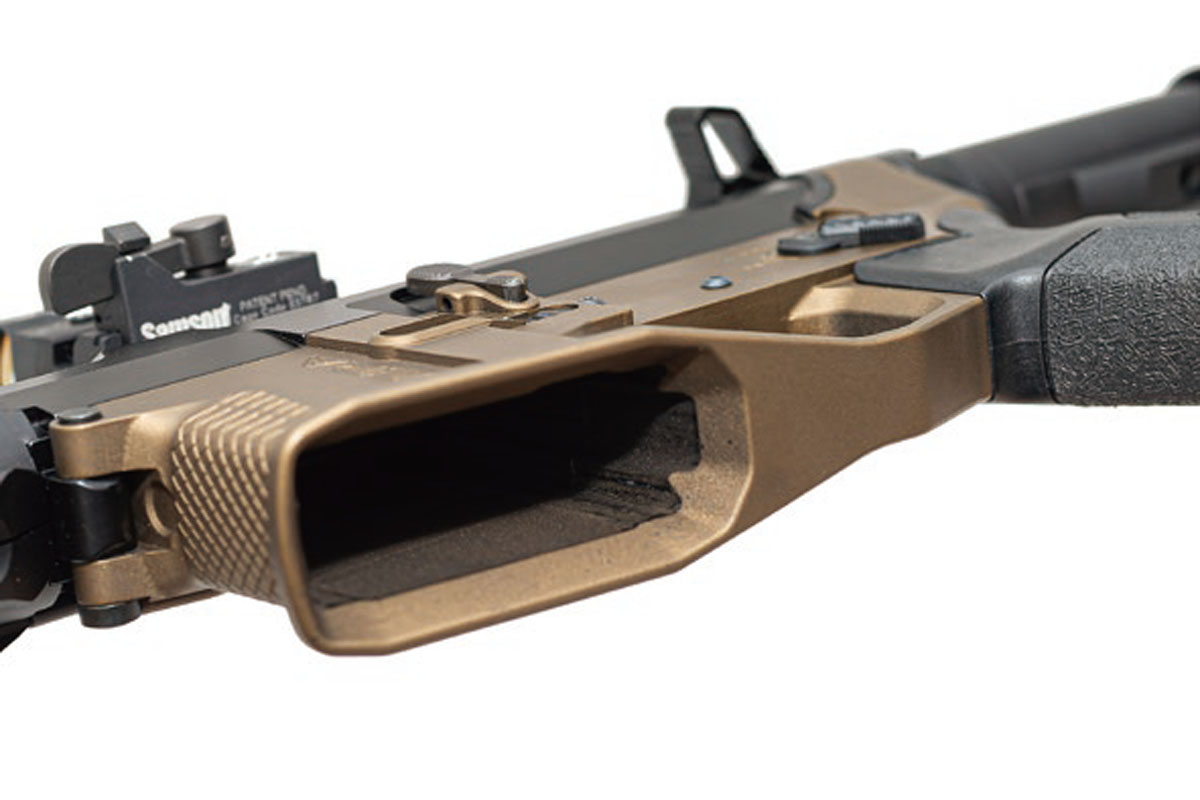
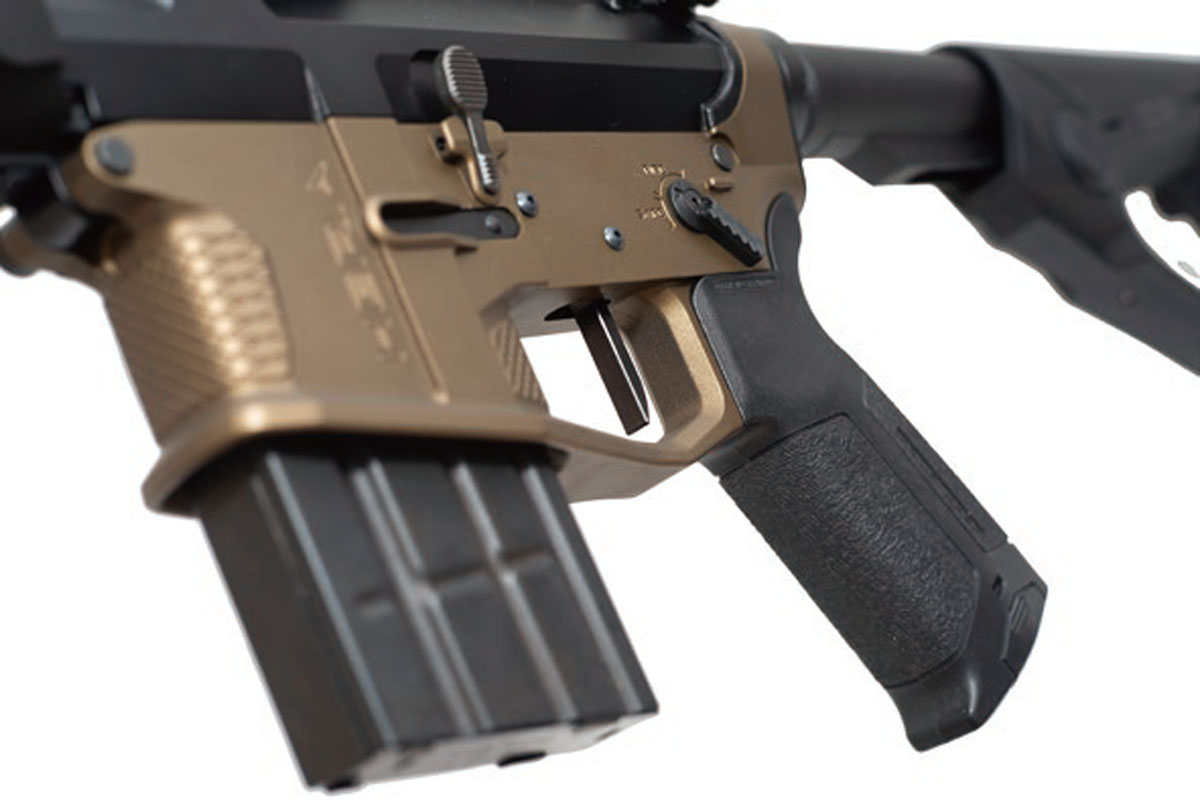
Nonetheless, József became the brand’s distributor in Hungary because, as a craftsman, he recognized something truly special in HERA Arms’ products. Thanks to his cooperation, we were able to photograph two HERA AR rifles for this feature—and even test fire the 5.56mm model.
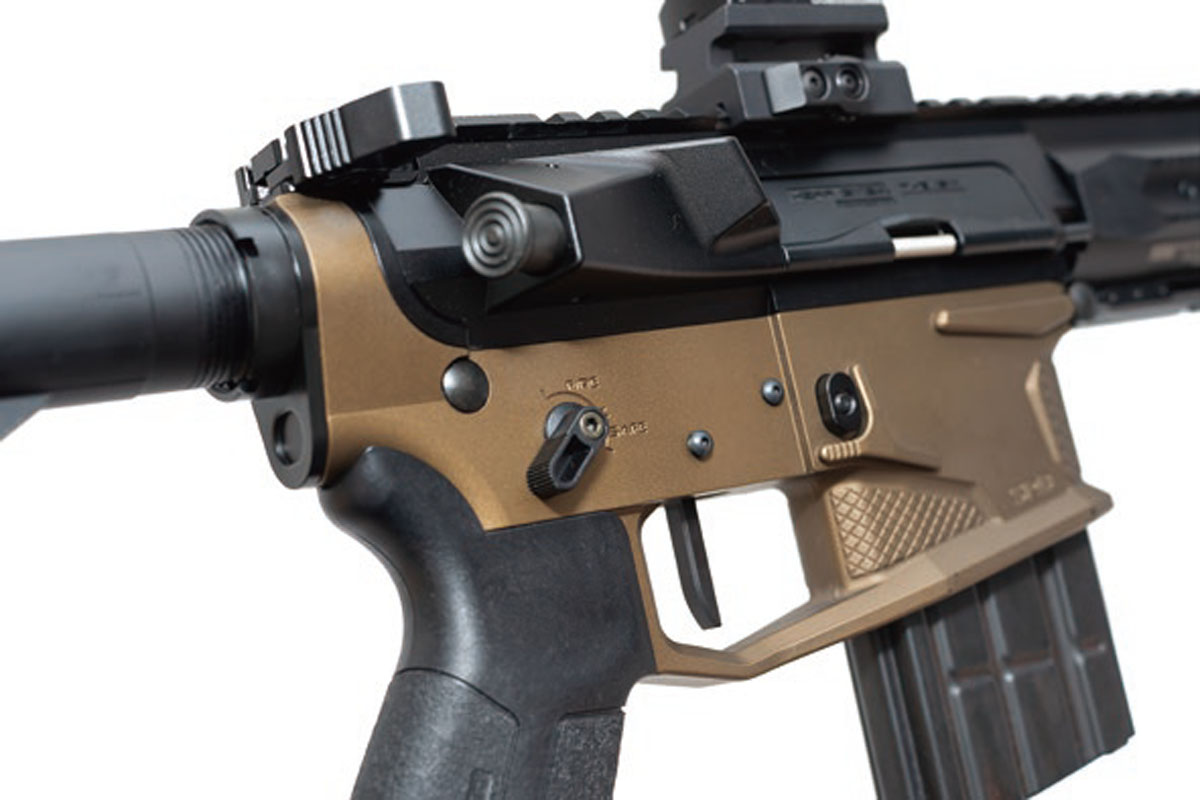
The market is saturated with AR-15 clones, most of which lack any defining characteristics. Typically, a company sources receivers from another manufacturer, adds off-the-shelf components, slaps on their logo, and calls it their own AR-15. But HERA Arms plays a different game entirely.
When you think of German-made AR-15 clones, the first name that comes to mind is likely Heckler & Koch’s HK416—a rifle widely exported and even adopted by the French military as a replacement for the FAMAS (as the HK416F). What about SIG Sauer’s M400? One might ask—but SIG Sauer is now considered American, not truly German.
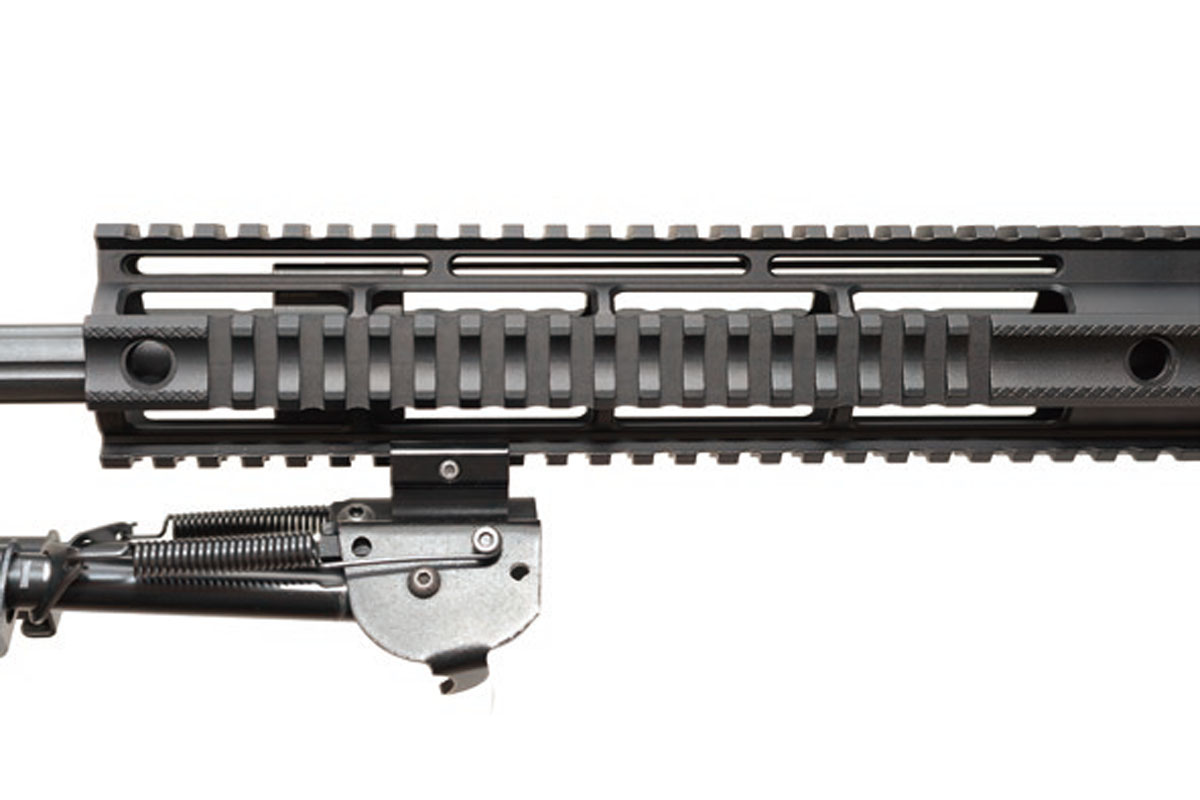
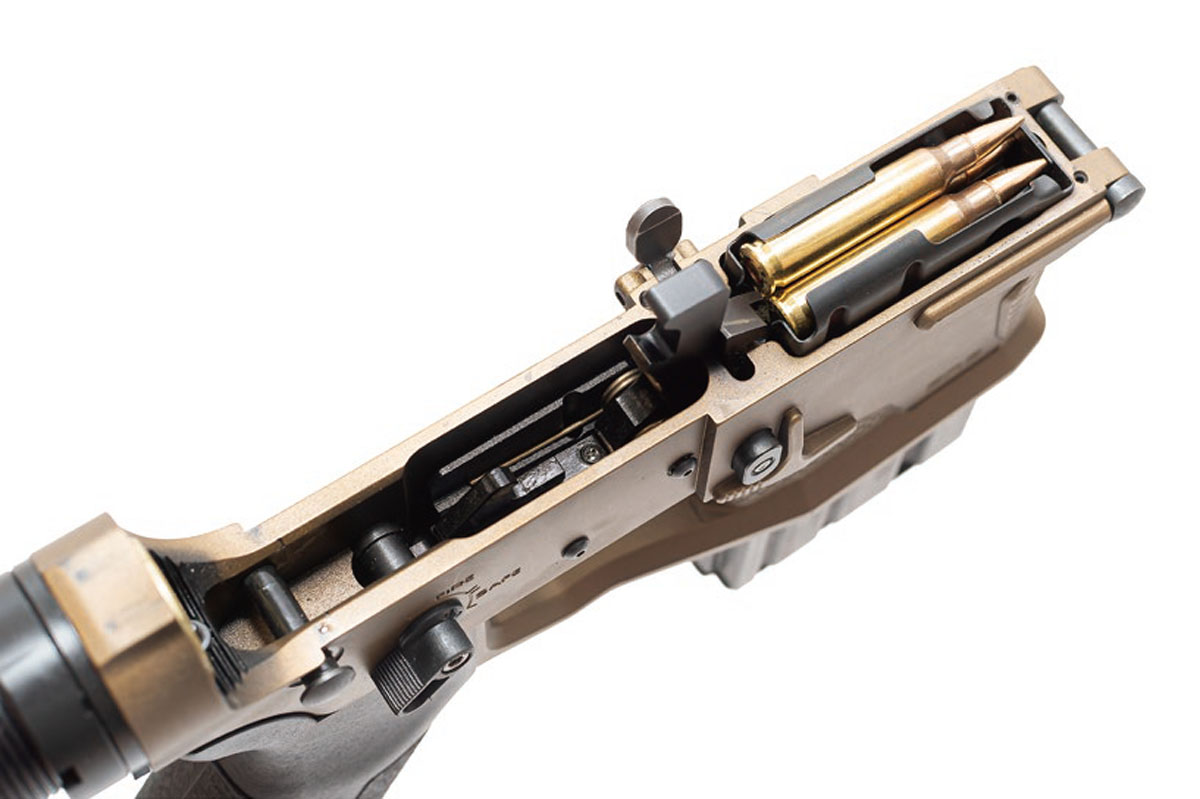
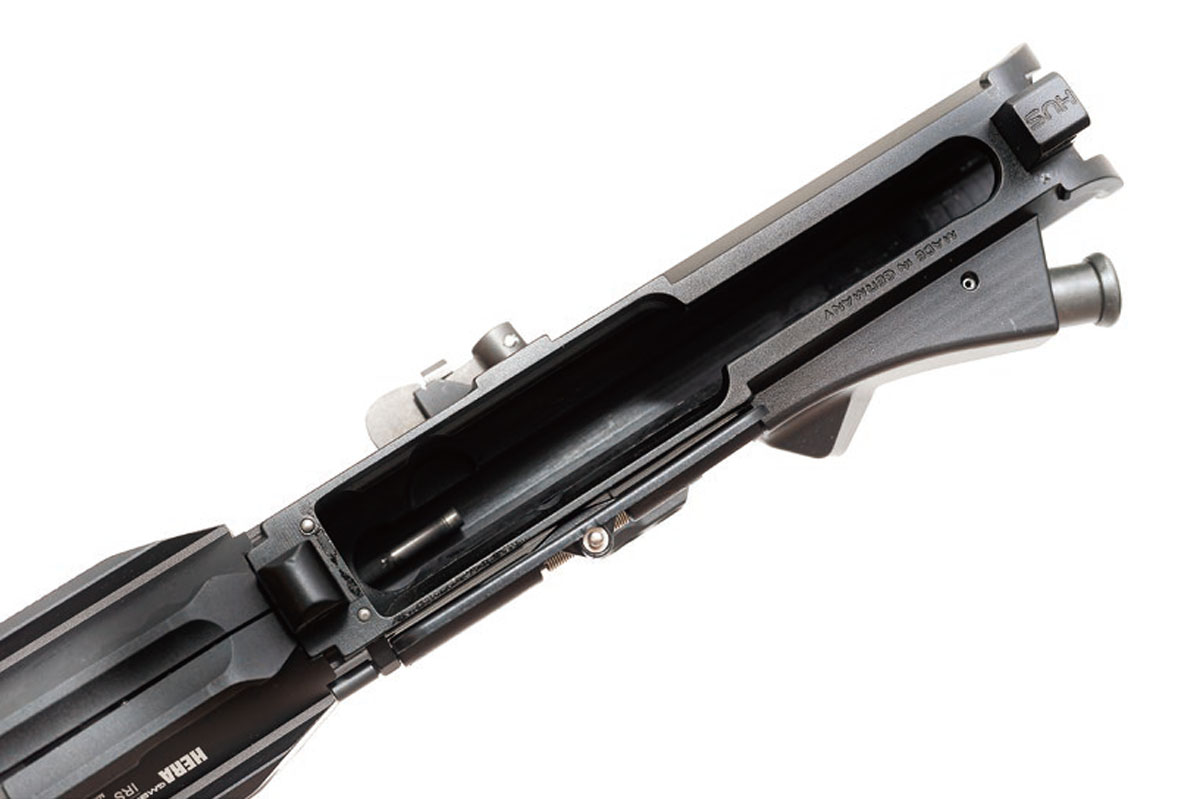
One must not forget the AR-15 rifles by Oberland Arms. This manufacturer was among the first to implement CNC machining. They even left the tool marks intentionally visible so that anyone handling the rifle could recognize the machining quality—something mechanical enthusiasts found undeniably beautiful.
The AR-15 is originally an American rifle, but rifles like this one—neither a Colt original nor a typical U.S.-made clone—have a distinctly German character. That quality is what makes them so appealing; in fact, I personally treasure my Oberland Arms AR-15 for that very reason.
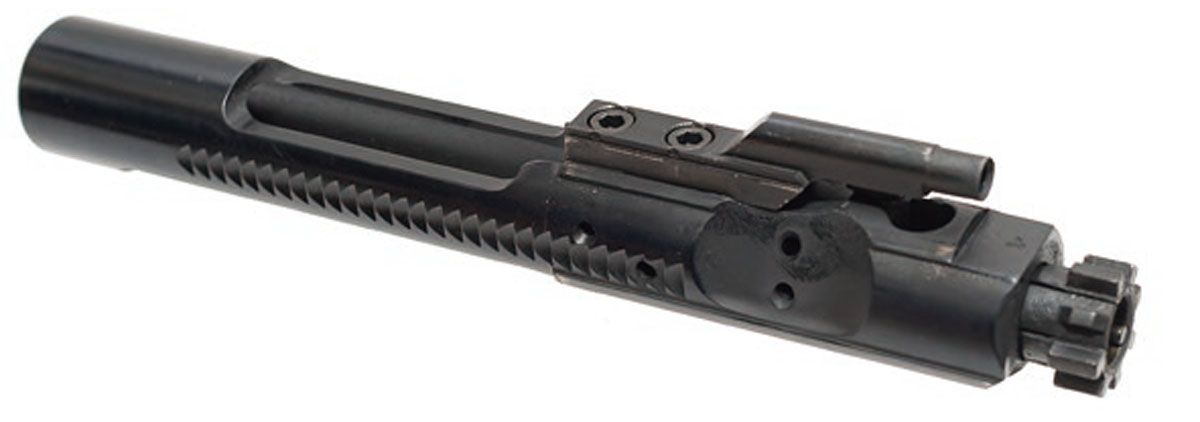
Yet that distinctly German craftsmanship and character can also be felt in HERA Arms' AR-15 rifles. Holding one evokes the same sensation I had when I first encountered a rifle from Oberland Arms.
While HERA doesn’t leave machining marks as a statement of ruggedness, the reinforced receiver profile and its crisp edges convey a higher level of precision manufacturing than most AR-15 clones on the market.
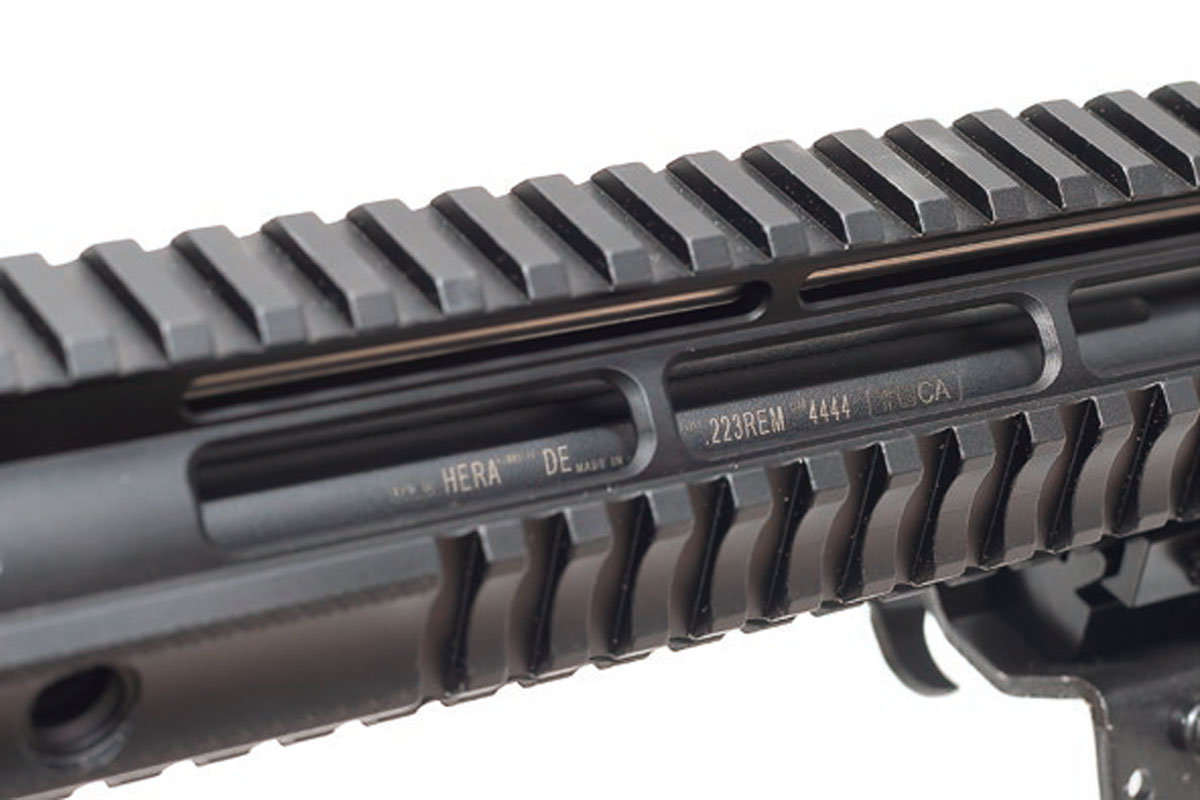
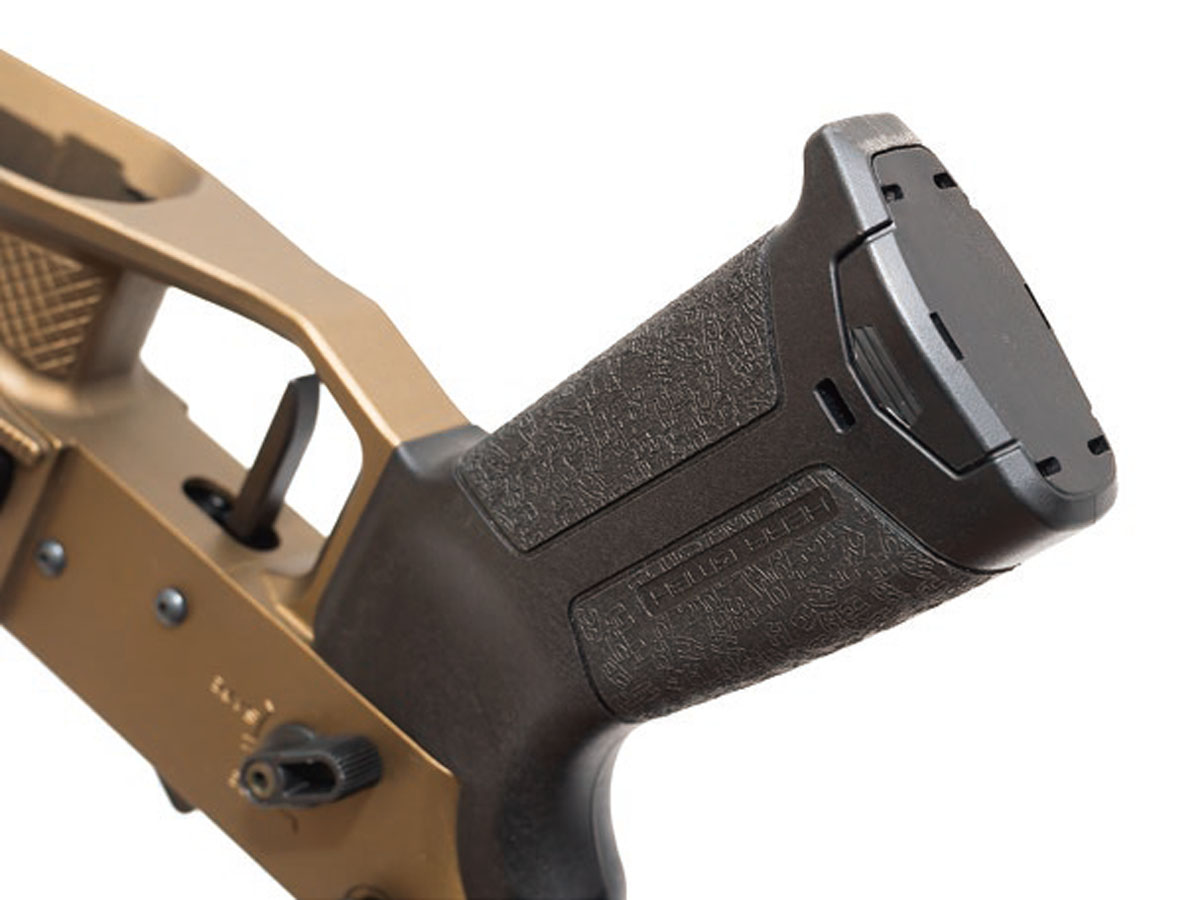
Today, CNC machines are affordable enough that even small workshops can implement them. But owning a CNC doesn’t automatically guarantee quality. The true difference lies in design fundamentals and the skilled craftsmanship involved in the cutting process.
Sure, you can draft a design in CAD, feed it into the machine, and end up with something functional. But a rifle built from meticulous engineering and precise calculations has a feel all its own. Having handled countless AR-15s over the years, I can say this: there’s something intangible—something you can’t quite express with specs or words—that sets it apart.
